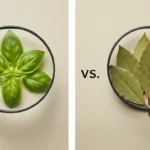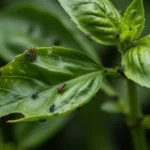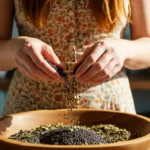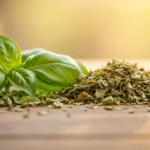The scent hit me first, a wave of sweet, peppery fragrance as I knelt to weed my herb patch – a familiar ritual after eight years of gardening, and a constant source of joy for me, Kalsoom Imran. But this time, nestled amongst my usual suspects, I found a basil plant thriving with a vigor I’d never seen before. It got me thinking, beyond my garden, where does basil grow naturally in Africa?
Understanding Basil’s Natural Habitat in Africa
The Question of Basil’s African Origins
I’ve always been fascinated by the journey of plants, how they spread across the globe, adapting to different climates and soils. And basil, that fragrant herb I love to cook with, is no exception. It got me thinking – where does basil actually come from? We see it in gardens and grocery stores everywhere, but what about its roots, its original home?
And specifically, what about Africa? The question of basil’s African origins is a complex one, and it’s something I’ve been digging into lately. It’s not as straightforward as you might think.
Is Basil Truly Native to Africa?
The truth is, when we talk about basil native to africa, things get a little blurry. While many of us associate basil with the Mediterranean or Southeast Asia, there’s a lot of debate about its true origins. Some sources point to Asia as the primary birthplace of this aromatic herb, while others suggest that certain varieties of basil have strong ties to Africa.
So, is it truly basil native to africa, or did it arrive later? This is the question that’s been driving my research. It’s like trying to trace the footsteps of a plant through centuries of history and migration.
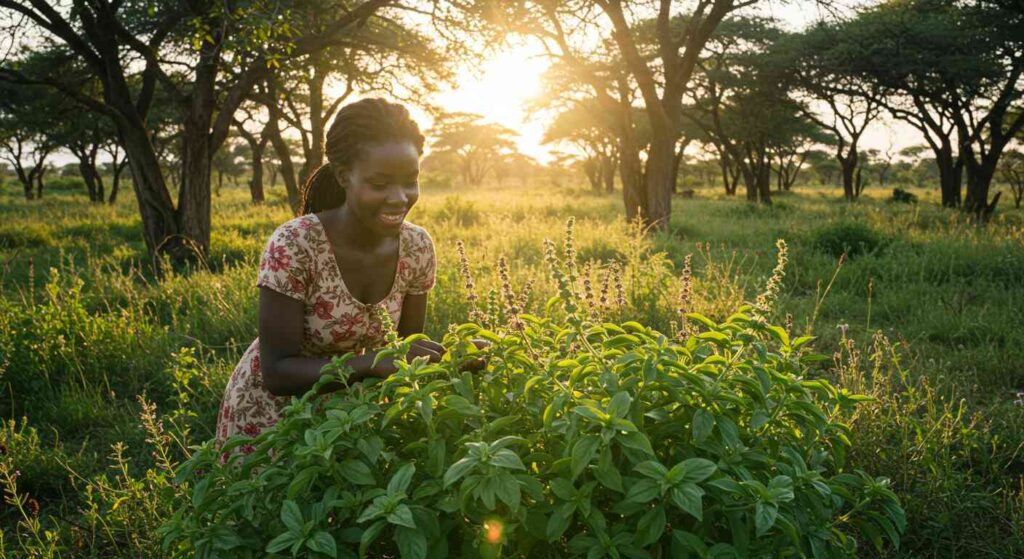
African Basil Origins: Unveiling the Truth
Where is Basil Indigenous to Africa?
So, if we acknowledge that there’s a connection between basil and Africa, the next logical question is: where is basil indigenous to africa? It’s not like it’s growing in every corner of the continent. The answer, as I’ve discovered, lies in understanding the specific environmental conditions that basil prefers.
It’s not one single location, but rather a collection of areas where the climate and soil are just right for it to thrive naturally. It’s about understanding the nuances of its growth patterns in the wild.
The Natural Range of Basil in Africa
The natural range of basil in africa is not as widespread as some might assume. It’s more about specific regions and habitats. We’re not talking about vast, continuous fields of basil, but rather pockets of growth where the conditions are just right.
This means focusing on areas with the right balance of sunlight, moisture, and soil composition. It’s like looking for a hidden treasure, where the clues are written in the landscape itself. Understanding this natural range of basil in africa is crucial to grasping its true relationship with the continent.
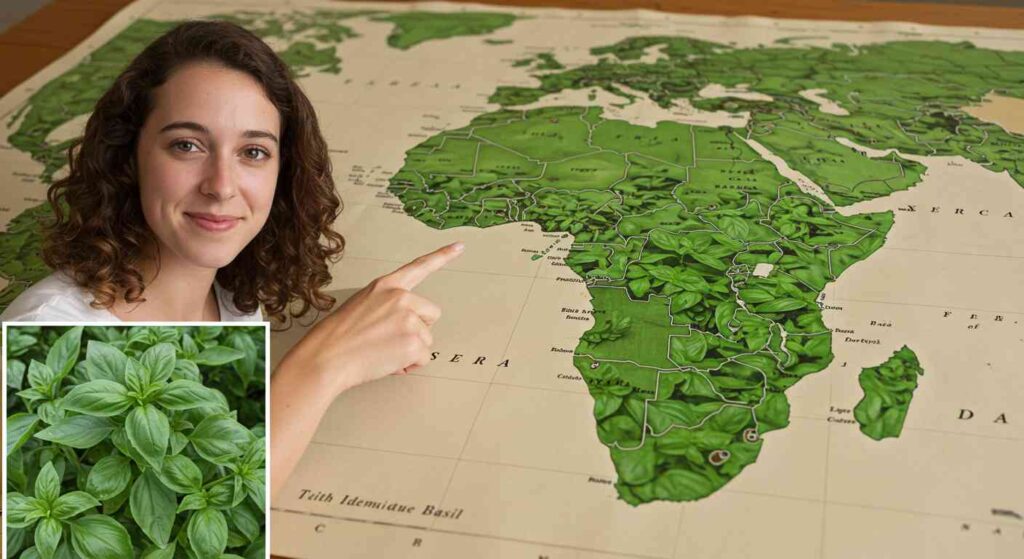
Exploring the Natural Environment of Basil in Africa
Basil’s African Ecology: Habitats and Conditions
To really understand basil’s african ecology, we need to look at the kinds of places where it thrives naturally. It’s not just about the broad strokes of climate; it’s about the micro-climates, the specific soil types, and the other plants that grow alongside it. Basil, it turns out, is quite particular about its environment.
It prefers warm, sunny locations with well-drained soil. It’s like a finicky house guest, needing just the right conditions to feel at home. This understanding of basil’s african ecology is key to finding it in the wild.
Wild Basil Africa: Identifying Natural Growth Areas
When we talk about wild basil africa, we’re not talking about cultivated fields or manicured gardens. We’re talking about the places where basil grows without human intervention. These areas are often found in open woodlands, along riverbanks, and in disturbed areas where the soil has been exposed.
Identifying these natural growth areas requires a keen eye and an understanding of the plant’s preferences. It’s like being a detective, piecing together clues to find where wild basil africa truly flourishes.
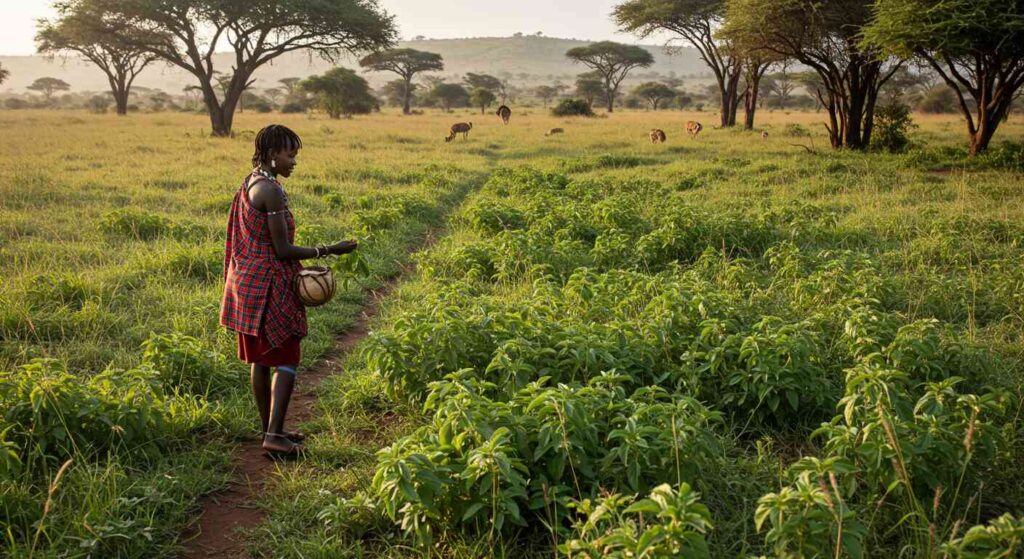
Basil Growing Wild in Africa: Regional Distribution
Africa Basil Distribution: A Closer Look
The africa basil distribution isn’t uniform. It’s not like you can walk across the continent and find it everywhere. Instead, it’s concentrated in specific regions where the climate and soil conditions are favorable. This is a crucial point to understand when discussing its natural presence in Africa.
It’s about acknowledging that its presence is not just a random occurrence, but rather a result of specific environmental factors. A closer look at the africa basil distribution reveals a fascinating pattern.
Basil Found Naturally in Africa: Specific Locations
So, where exactly can basil found naturally in africa be spotted? While pinpointing exact locations can be tricky, there are certain regions where it’s more commonly found. These include parts of East Africa, particularly Ethiopia and Kenya, as well as some areas in West Africa.
These aren’t just random spots on a map; they’re areas with specific environmental characteristics that support basil’s growth. It’s like knowing the secret spots where this fragrant herb chooses to live. Knowing these locations helps us understand where basil found naturally in africa thrives.
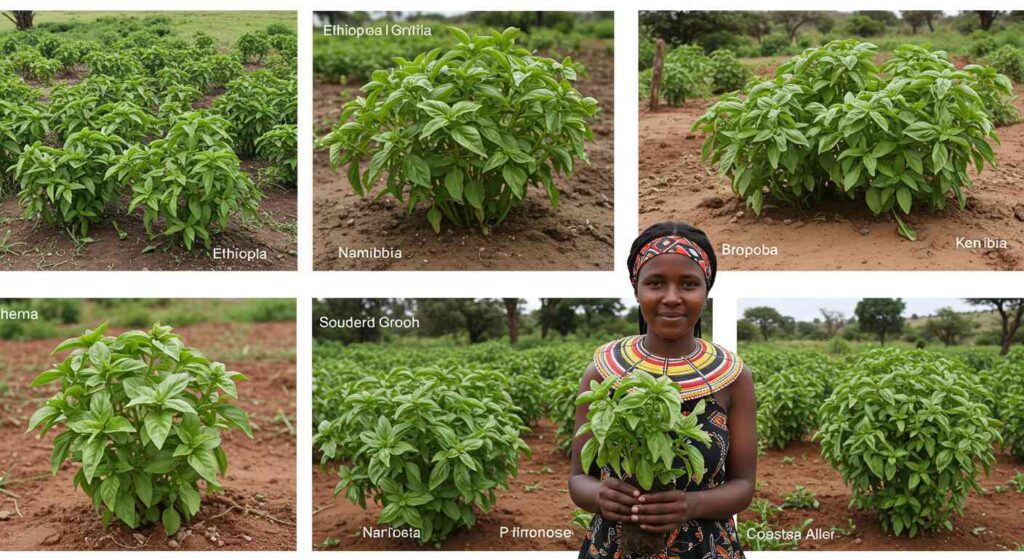
Identifying Basil’s Wild Growth in Africa
Basil’s Natural Environment in Africa: Key Characteristics
When trying to identify basil growing in its natural state in Africa, there are some key characteristics to look for. It often grows in open areas with plenty of sunlight and well-drained soil. The plants themselves may appear a bit different from the cultivated varieties we see in gardens, often with smaller leaves and a more sprawling growth habit.
Understanding these key characteristics of basil’s natural environment in africa is essential for accurately identifying it in the wild. It’s like learning the unique language of the plant itself.
African Basil Growth Areas: Specific Ecosystems
The african basil growth areas are not just random patches of land; they’re specific ecosystems that provide the right conditions for basil to thrive. These areas might include open woodlands, grasslands, or even disturbed areas where the soil has been exposed.
The type of soil, the amount of sunlight, and the availability of water all play a crucial role in determining where basil will grow naturally. It’s about understanding the interconnectedness of the plant with its environment. These african basil growth areas are more than just locations; they’re vibrant ecosystems.
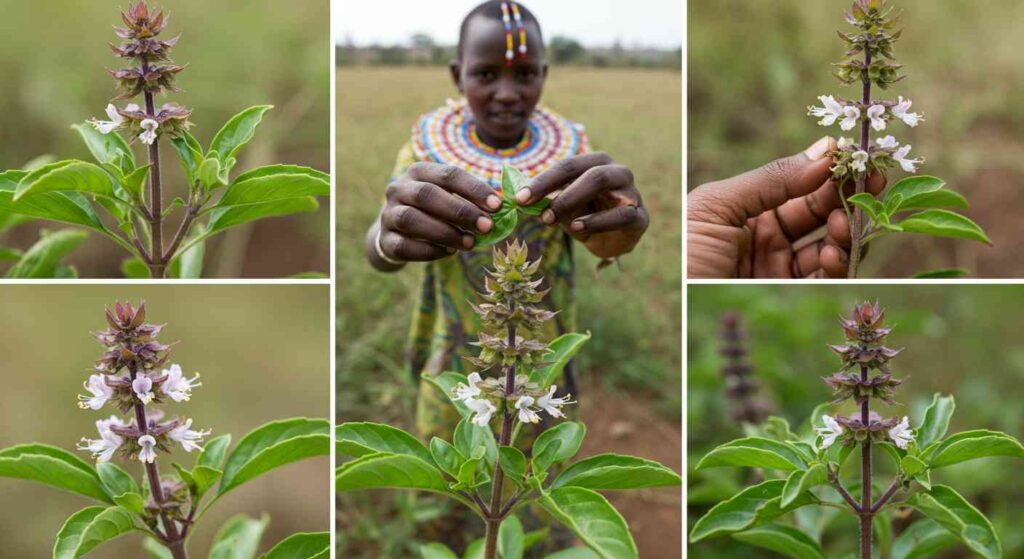
Debunking Myths About Basil’s African Homeland
Where Does Basil Originate in Africa? A Clarification
One of the biggest misconceptions is that all basil originated in Africa. While certain varieties may have strong ties to the continent, it’s important to clarify that the origins of basil are more complex and likely involve both Asia and Africa. The question of where does basil originate in africa is not a simple one to answer.
It’s about acknowledging the multi-faceted nature of plant origins and migrations. It’s not about finding a single point of origin, but rather understanding a complex history.
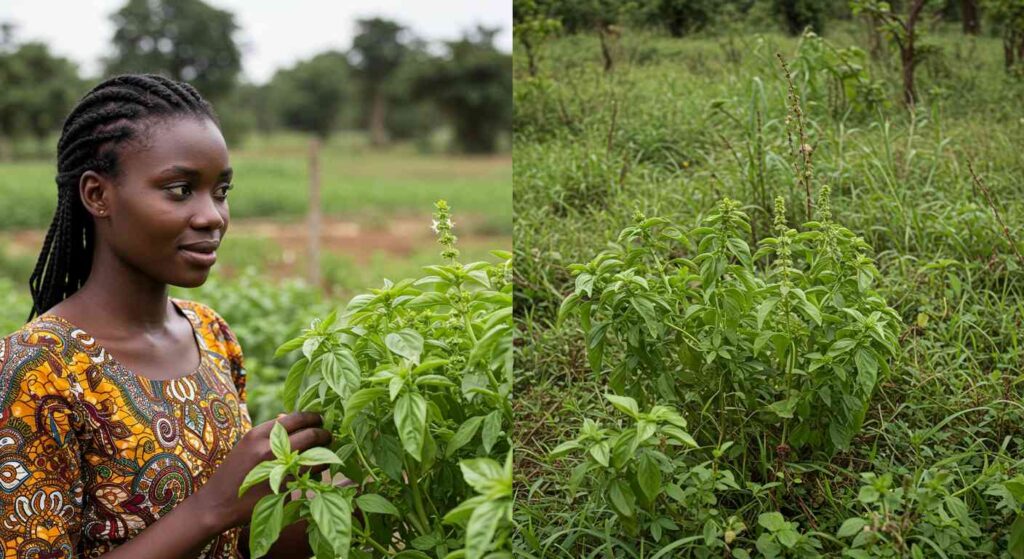
Basil’s African Homeland: Separating Fact from Fiction
The idea of basil’s african homeland is often romanticized, but it’s important to separate fact from fiction. While basil does grow naturally in parts of Africa, it’s not the only place where it originated. It’s crucial to avoid oversimplifying its history and to acknowledge the complex interplay of factors that have shaped its distribution across the globe.
Understanding basil’s african homeland requires a nuanced approach, one that acknowledges the complexities of its journey. It’s about digging deeper than the surface and uncovering the true story.
